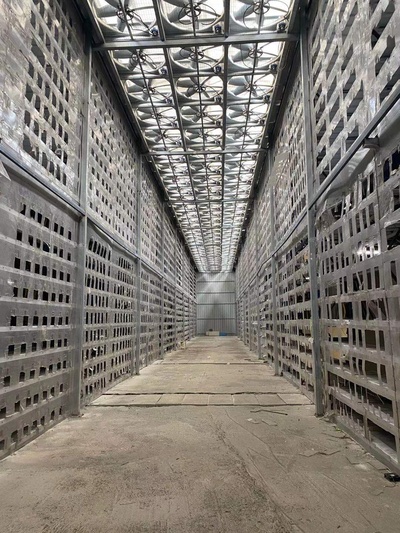In the rapidly evolving landscape of cryptocurrencies, mining remains a cornerstone activity, intertwining technological innovation with financial strategy. For enterprises engaged in selling mining machines and offering hosting services, understanding the nuances of equipment financing models is not just advantageous—it’s essential. These models impact the acquisition of mining rigs, operational efficiency in hosting facilities, and ultimately, the profitability of mining ventures anchored around Bitcoin (BTC), Ethereum (ETH), Dogecoin (DOG), and other altcoins. As mining difficulty fluctuates and market dynamics shift, flexible financing can empower miners to scale rapidly, optimize cash flow, and stay competitive.
Capital-intensive mining hardware, such as ASICs for Bitcoin and GPUs favored for Ethereum and Dogecoin, represent significant upfront investments. Strategic financing options—leasing, installment plans, or revenue-sharing agreements—allow miners to sidestep the financial strain of lump-sum purchases. This liquidity preservation enables expansion in mining capacity without derailing operational budgets. Hosting providers benefit similarly, as they can deploy powerful mining rigs in dedicated facilities without locking in substantial capital. These models facilitate a symbiotic relationship: mining hardware suppliers secure steady revenue streams while miners and hosting farms maintain agility in volatile markets.

The choice of financing structures profoundly affects mining farm scalability. As the threshold for profitable mining changes—partly driven by halving events in Bitcoin or protocol upgrades in Ethereum—operators must balance hardware acquisition speed with operational flexibility. Mining farms leveraging equipment leasing can upgrade rigs more frequently to stay ahead of algorithmic difficulty hikes or shifting coin valuations. Conversely, outright ownership through purchase financing grants operators autonomy and long-term asset value, yet ties them to a fixed technological snapshot. Each approach triggers a distinct set of financial trade-offs, impacting not just CapEx and OpEx but also tax implications and risk exposure.
Consider the burgeoning interest in altcoins like Dogecoin, which, while less demanding on hardware compared to BTC, require strategic decisions when scaling mining setups. Lower entry costs attract hobbyist miners, but professional hosting services targeting these tokens benefit from financing arrangements that allow the rapid deployment of large-scale GPU farms. Moreover, as decentralized finance (DeFi) ecosystems intertwine with exchange platforms, miners gain additional avenues to enhance liquidity—turning mined assets immediately into tradable digital currencies. Strategic financing thus serves as a bridge between hardware acquisition and market participation.

Furthermore, evolving equipment financing models enable a diversification of mining portfolios. Smart miners allocate resources across various cryptocurrencies, balancing the higher stability of Bitcoin with the agility of ETH and the speculative allure of coins like DOGE. Hosting providers introducing flexible contracts can cater to such decentralized mining strategies, offering customized plans that adapt as miners shift focus in response to market trends. These dynamic financing structures underscore mining’s transformation into both a technology-driven and market-responsive enterprise.
Exchanges have also played a pivotal role in redefining equipment financing frameworks. By integrating mining-as-a-service options or partnering with hardware suppliers, several crypto exchanges now facilitate access to mining rigs without direct ownership. This innovative approach blends financing with trading, allowing miners to leverage exchange liquidity, instantaneously cycle revenues, and hedge exposure via futures or spot markets. Such synergies highlight the increasing complexity and opportunity within the cryptocurrency mining ecosystem—where equipment acquisition transcends mere procurement and evolves into a sophisticated financial maneuver.
Ultimately, elevating your mining venture with strategic equipment financing means embracing a layered approach: adopting financing models that reflect the volatility inherent in cryptocurrencies, aligning hardware purchasing with hosting capabilities, and integrating operations within broader market infrastructures. Whether you’re purchasing high-performance ASIC miners for Bitcoin, scaling GPU arrays for Ethereum smart contract validation, or deploying hybrid solutions for diversified coin mining, financial agility remains the keystone to long-term success in this fluctuating domain.





One response to “Elevate Your Mining Venture with Strategic Equipment Financing Models”
This insightful piece unveils creative financing tactics for mining, blending strategy with unforeseen twists like eco-friendly loans and tech integrations, potentially transforming ventures into goldmines!